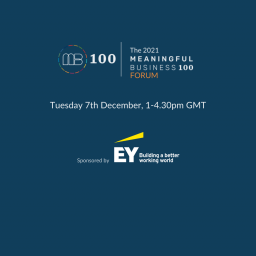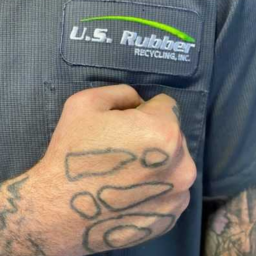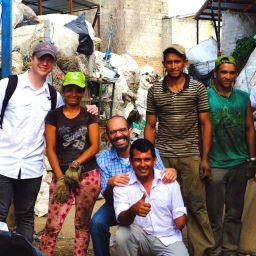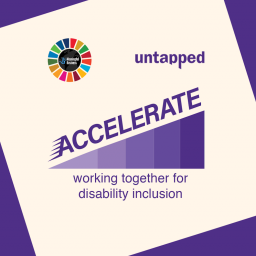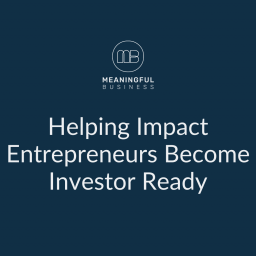Meaningful Business (MB:) Can you introduce your work, and how you support displaced people?
Izabela Ersahin (IE): The bebemoss brand, via Sector7, is a social enterprise which provides flexible work opportunities and sustainable, fair living wages to stay at home women from vulnerable and displaced communities. Sector 7 is located in the outskirts of Istanbul, Turkey and we work with over 120 women from disadvantaged communities, many being refugee mothers. We give them vocational training so that they learn how to make our products, provide them with all the necessary materials and let them work at their own rhythm either from home or at our workshop. The women work at their own pace and can more easily juggle their home chores and childcare with the guarantee of continuous work.

Izabela Ersahin, Founder and Designer of bebemoss and Sector7
MB: What are the biggest hurdles that exist for displaced people who are trying to find employment?
(IE): Turkey is one of the more supportive countries in regard to refugees as they do benefit from social coverage and also the legal right to work. Despite that, many refugees work in the informal sector, usually underpaid and often not able to assert their rights. For the women we work with, the issue is more often due to a lack of education or previous working experience – and also a cultural disparity.
Most of the refugees come from Syria, where very often women have a predominant role in home making and care providing responsibilities. In the communities where our social enterprise operates, these women have often never had any previous work experience. It is often difficult for them to work outside of their household, making them unemployable in a traditional workplace. Language is also a barrier.

Worker selecting thread in a workshop
MB: What are some of the myths and negative stereotypes that exist around hiring refugees, and what can we do to dispel them?
(IE): The first and most common myth is that refugees leave their countries to find better jobs and people usually confuse the word migrant and refugee. Semantics matter! Refugees are people forced to leave their homes and country because of disaster, war or persecution. They are fleeing for their own, and their family’s, lives, not by choice.
The second myth is that they will ‘take’ jobs from the host community and drive wages down, especially for unskilled positions, and be a ‘burden’. This has been proven to be untrue. In many cases, people from displaced communities show a positive impact on local economies by creating new jobs and raising wages for locals, energising local small businesses by becoming their customers etc.

Woman working in a workshop
MB: What is the best way for companies to access and hire from refugee communities?
(IE): It is usually challenging to hire from refugee communities, but in every host country there are specialised organisations and NGOs doing amazing work in assisting companies willing to hire refugees.
In many cases they will facilitate all the administrative burden, assist in the selection process and even help with integration and training. There are many out there and specific to each country but if I had to name a few – UNHCR local offices are a great place to reach out too and organisations like TENT would be good places to start.

A bebemoss artist creating toys
MB: What is your advice to employers who want to hire displaced people, and what kind of systems should they put in place for an effective integration?
(IE): A warm welcome! Empathy goes a long way along with providing resources like training and orientation for refugee workers. Being proactive in bringing host community workers with the refugees together usually speeds up the integration process. Getting assistance from NGOs and specialised entities facilitating the process is one of the key elements to a smooth and successful hire.
________









